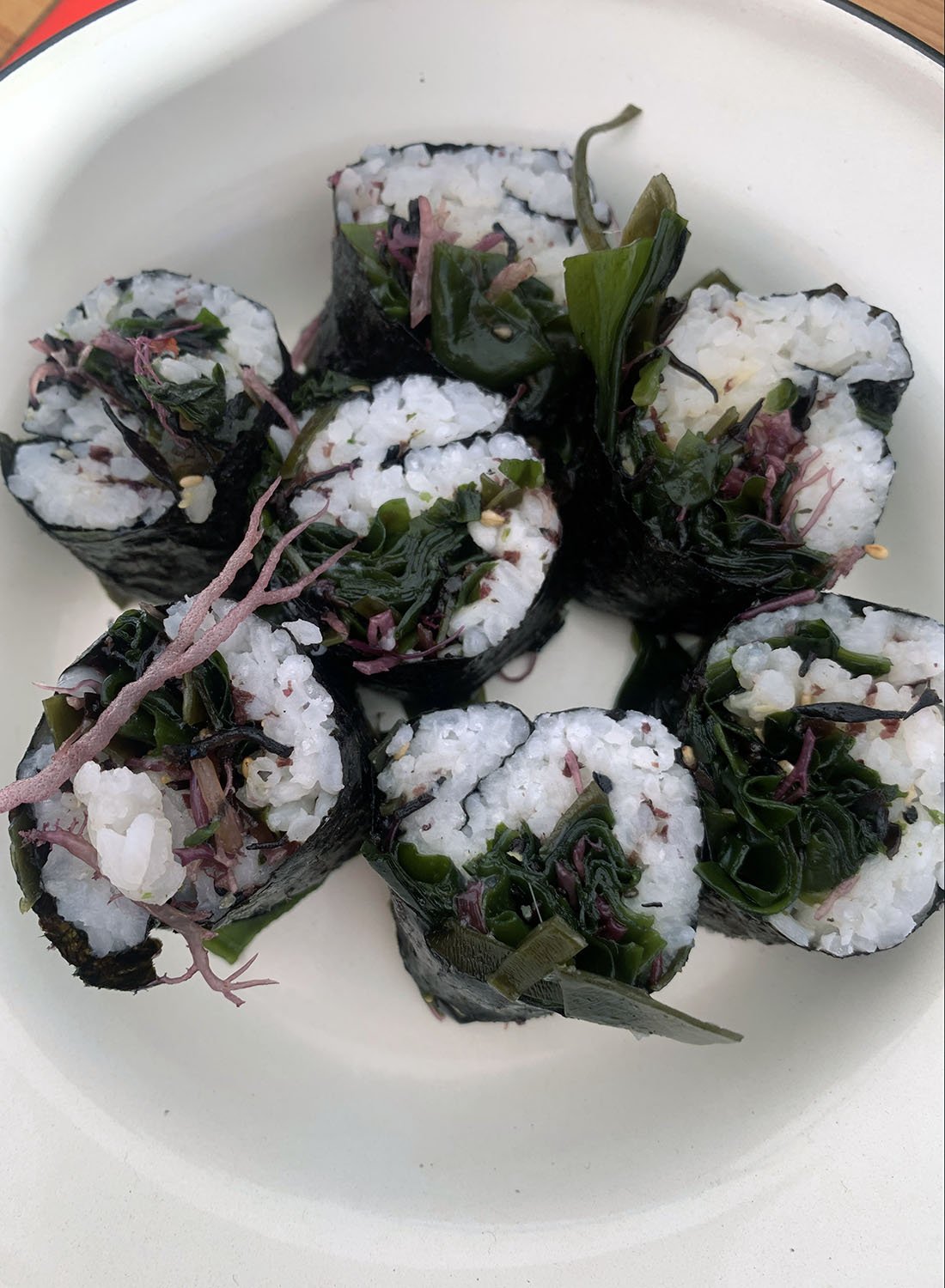In the classroom this week, we watched a short documentary film about Gilbert Baker and his creation of the rainbow pride flag in 1978 at Harvey Milk’s request. We learned that the original flag was eight stripes but that Baker soon ran out of pink fabric because his flags were so popular so he switched to a six-stripe version, which now flies over the Castro MUNI station and we can see out the windows from Room 212!
Baker conceived of the colors as symbols: Red for Life, Orange for Healing, Yellow for Sunlight, Green for Nature, Indigo for Serenity, and Violet for Spirit. In the kitchen, we recreated the flag in a parfait using pomegranate for red, Fuyu persimmons for orange, pineapple for yellow, kiwi for green, blueberries for indigo, and ube (purple yam) for violet.
In 2017, the city of Philadelphia redesigned the flag to include brown and black stripes to celebrate the contributions of Brown and Black LGBTQ+ leaders to the movement for equality and to highlight the specific challenges faced by Black and Brown members of the LGBTQ+ community. We represented the brown stripe with shaved milk chocolate and the black strip with blackberries.
Our parfaits were topped with fresh whipped cream and a sprig of peppermint from our school garden. So beautiful and so delicious! On Friday we walked down to 18th Street and got a chance to view a segment of Baker’s original flag on display at the GLBT Historical Society Museum. Baker dyed the fabric himself to create the first eight colors and we were all taken aback by how vibrant they remain nearly 50 years later.









































































































































































































































































































































































































































































































































































